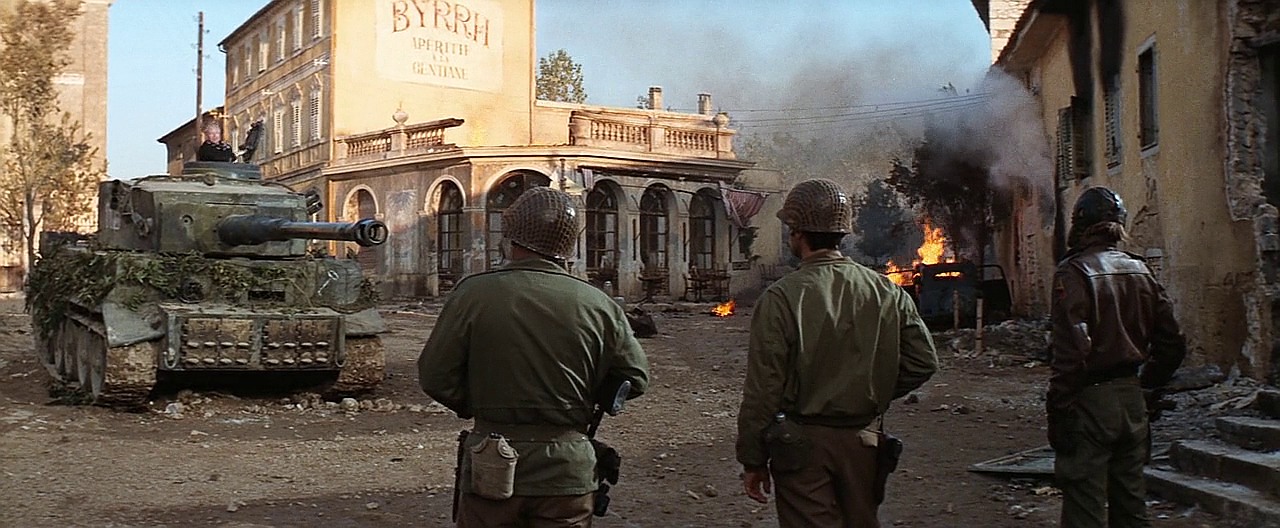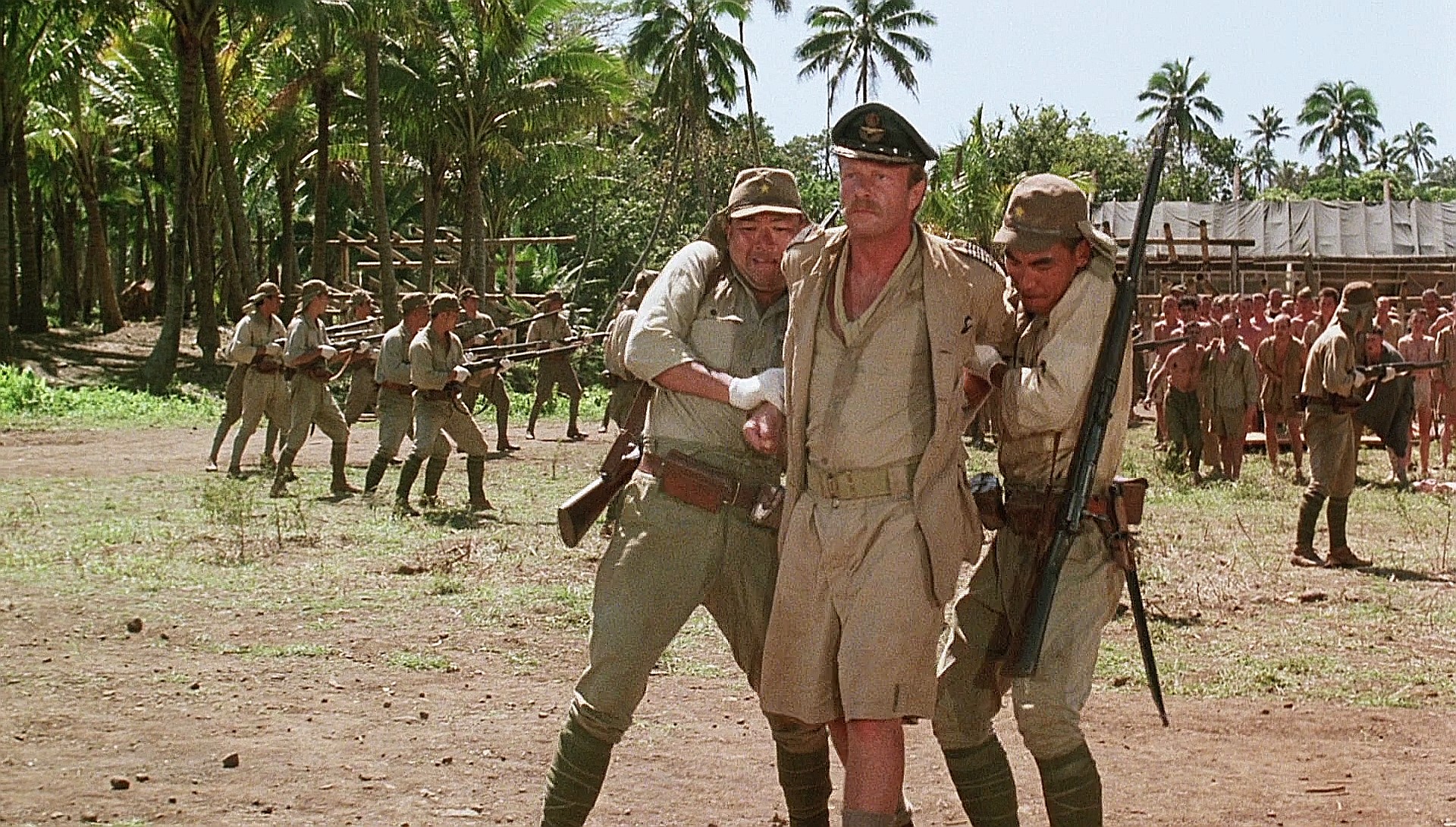SYNOPSIS: "The Searchers" is a John
Wayne Western that is a quest film. Wayne plays Uncle Ethan who spends years
tracking his niece who was taken by Comanche raiders. Ethan is a racist and it
is unclear what he will do when he finds the Indianized girl.
BACK-STORY: “The Searchers” is a “war” movie based on the eponymous novel by Alan LeMay. It was released in 1956 toward the end of the great period of black and white Westerns and is considered by many to be the best movie of that genre. It is marked by peak performances by director John Ford and his perennial star, John Wayne. Shockingly, although the film did well at the box office, it did not get a single Academy Award nomination.
BACK-STORY: “The Searchers” is a “war” movie based on the eponymous novel by Alan LeMay. It was released in 1956 toward the end of the great period of black and white Westerns and is considered by many to be the best movie of that genre. It is marked by peak performances by director John Ford and his perennial star, John Wayne. Shockingly, although the film did well at the box office, it did not get a single Academy Award nomination.
TRIVIA: Wikipedia, imdb
1. In 2007, AFI declared it to
be the greatest Western ever made. It
was voted #12 overall.
2. Director Henry Ford wanted
Fess Parker to play Jeffrey Hunter’s role.
The Disney Company told him Parker was not available and did not tell
Parker that he was being considered for the role. Parker later said his loss of the role was
his biggest disappointment. Parker later
starred with Hunter in Disney’s “The Great Locomotive Race”.
3. It has a 100% rating on Rotten Tomatoes.
4. David Lean watched it lots
of times to prepare for the vistas in “Lawrence of Arabia”.
5. John Wayne considered Ethan
Edwards to be his best performance and the movie was his favorite.
6. Natalie Wood was still in
high school and Wayne and/or Hunter would come pick her up to go to the
set. This created quite a stir among her
classmates.
7. When a Navajo child got
sick with pneumonia, Wayne offered his private jet to take her to the
hospital. After this the Navajo actors
called Wayne “The Man With the Big Eagle”.
8. The Comanche were played by
Navajo.
9. Natalie’s younger sister
Lana played the younger Debbie in the early scenes.
10. Temperatures during
shooting sometimes reached over 120 degrees.
11. The story was loosely based
on the abduction of Cynthia Parker who became the mother of the famous Comanche
war chief Quanah Parker.
12. Hunter was a 29 year old
playing a teenager.
13. The movie was the subject
of the first “making of” documentary.
14. Steven Spielberg, John
Milius, Paul Schrader, William Wenders, Jean-Luc Goddard, and George Lucas are
among the directors who were influenced by and paid homage to the film.
15. Buddy
Holly got the idea for the title of his hit “That’ll Be the Day” from the
oft used line in the movie.
Belle and Blade = N/A
Brassey’s = 5.0
Video Hound = N/A
War Movies = N/A
Military History = #49
Channel 4 =
no
Film Site = yes
101 War Movies = no
Rotten Tomatoes = no
OPINION: While certainly a great movie and possibly the best Western ever made, “The Searchers” is not even close to being a war movie. “The Searchers” is a great Western. It has all the ingredients of a classic. The music fits the movie well. So do the typical Ford touches of humor. The vistas of Monument Valley have never been more awesome. The directing is robust with Ford at the top of his game. The acting is strong across the board and is anchored by what most consider to be Wayne’s greatest performance (and his personal favorite). The best thing about the movie is it is not the usual white hat/horse hero versus either bad guys or Indians. The main character is a racist and a fascinating character.








.jpg)